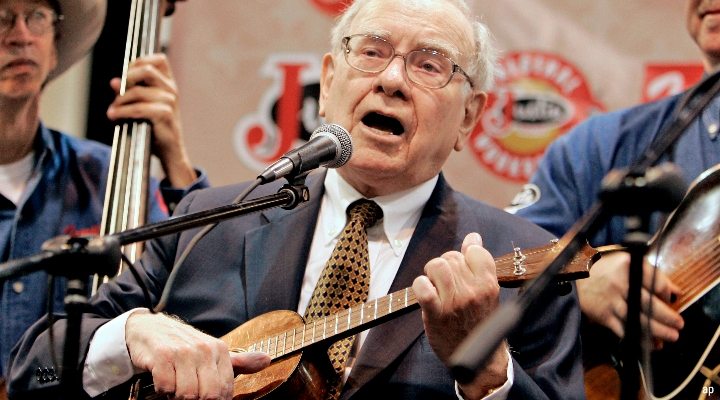(Alliance News) - House and apartment prices rose 8.6% in the 12 months up to June, according to the Central Statistics Office (CSO), slowed from a rise of 8.5% in May.
The national Residential Property Price Index (RPPI) showed that the median price of a dwelling purchased in the 12 months to June was EUR337,500.
The index also indicates that prices in Dublin rose by 9.3%, accelerated from 8.8% in May, and prices outside Dublin were up by 8.2% over the same period, slowed from 8.3%.
The lowest median price for a home was EUR169,000 in Longford, while the highest median price was EUR630,000 in Dun Laoghaire-Rathdown.
The figures were published as a survey of estate agents indicates they expect property prices to increase by an average of 4.5% over the next 12 months.
The Society of Chartered Surveyors Ireland (SCSI) said that 77% of its agents believe prices are increasing but will level off soon – up from 43% last year.
Almost half of SCSI members believe the key factor influencing house prices over the next 12 months will be the supply of new housing.
In its mid-year, market monitor of residential properties, three out of four estate agents reported low stock levels and almost half said the lack of supply is the main driver of price inflation.
SCSI Vice President Gerard O'Toole said the former figure was up from 71% 12 months ago, which highlighted "insufficient" supply.
"Our members are seeing the impact of the lack of supply on the ground and believe this shortage will continue until annual completion levels ramp up significantly," he said.
"A year ago, 35% of agents identified the lack of supply as the main issue for the price movements, now that number is 46%."
"The other main factors, which our members believe are influencing price movements include the state of the economy, interest rates and the availability of credit, access to schemes supporting house purchases such as help-to-buy and changes in the levels of immigration and emigration.
"The findings show a slight decrease in concerns about interest rates since the last report, reflecting the ECB's recent decision to reduce rates."
"One area of concern for agents is an increase in the number of sales agreed but not proceeding to completion.
"They believe delays caused by planning irregularities, non-compliance with building regulations as well as delays regarding probate and accessing property deeds, are continuing to pose challenges."
The survey also examined a scenario where a couple with a combined income of EUR107,000 and a 10% deposit saved are looking to buy their first home, a three-bed semi detached house, across five counties.
According to these scenarios, the couple will be able to afford to buy in only one of the five locations, Meath, and only then with the support of the First Home Scheme and the help-to-buy grant.
It said that in Wicklow and Kildare, the two most expensive counties to buy a house in Ireland, couples will face shortfalls of EUR78,000 and EUR65,000 respectively.
O'Toole said "the widening affordability gap is a real concern" as last year's case study couple could buy in three locations without the support of the First Home Scheme.
"While buyers with savings should be able to overcome the gap in Meath, Galway and Cork, new three-bed homes in Wicklow and Kildare remain totally out of reach for people on these salaries.
"In addition, there are thousands of people on lower salaries who will not be able to buy and will require support.
"Moreover, the average cost of the three-bed homes in Kildare, Wicklow, Cork and Galway exceeds the price ceilings set for the FHS making these homes ineligible for the scheme."
The SCSI survey also indicates that, though there has been an increase in the number of buy-to-let properties coming on the market in the past six months, it has fallen "significantly" since the final months of 2023.
"The ratio of owner-occupied properties to investment buy-to-let properties which agents are selling has remained unchanged at 60:40.
"While agents have noticed a noticeable fall off in the number of landlords leaving the market, the number is still rising.
"The three main reasons they are leaving is because rent legislation is too complex and restrictive, net rental returns are too low, and some landlords are coming out of negative equity."
By Grainne Ni Aodha
Press Association: News
source: PA
Copyright 2024 Alliance News Ltd. All Rights Reserved.

























